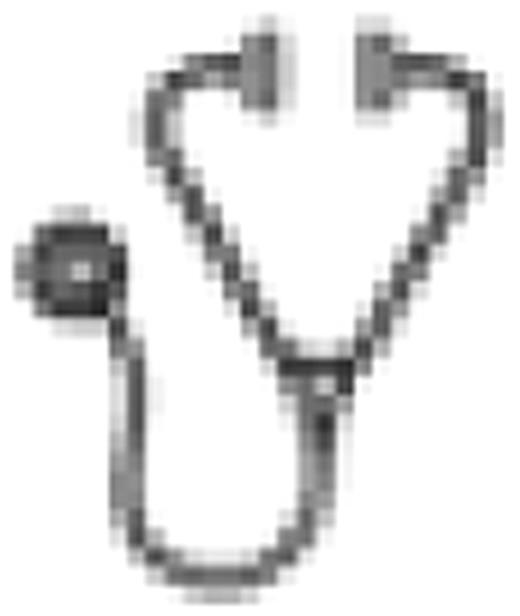Abstract
Abstract 2645
Pulmonary complications are of particular importance in patients with sickle cell disease (SCD) as they are commonly associated with high morbidity and mortality. Research suggests that children with both SCD and asthma have higher morbidity as measured by more frequent hospitalizations for vaso-occlusive crises and acute chest syndrome episodes, and as much as double the risk of mortality when compared to pediatric SCD patients without asthma. Therefore, the diagnosis of reactive airway disease in pediatric SCD patients is clearly a poor prognostic factor. However, it is currently not known whether there is any degree of modifiable risk associated with aggressive empirical treatment of asthma in the pediatric SCD population. Although SCD disproportionately affects people of African and Latino ancestry, there is no clear linkage of SCD with socioeconomic status.
Low socioeconomic status, as determined by zip code distribution in the Washington Metropolitan Area, correlates with higher rates of acute pulmonary complications in pediatric SCD patients as it does in asthmatic children without SCD.
A five-year retrospective chart review examined the records of 400 children randomly sampled from the 950 SCD patients seen at Children's National Medical Center in the past two years. Information extracted from the electronic medical record (Cerner PowerChart system) included hematological, pulmonary as well as demographic patient information. Patients with insufficient data because of young age or care at other hospitals were excluded. Median household incomes from 2008 were linked to zip codes in various regions of the Washington Metropolitan Area and results were then analyzed using non-parametric statistical methods. Asthma data was obtained from DC Burden of Asthma 2009 project. The Mann Whitney U test was used to test for differences in the properties between pediatric SCD patients with a diagnosis of reactive airway disease versus those without a diagnosis of reactive airway disease. Findings associated with a p-value of less than 0.05 were considered statistically significant.
Among the 400 pediatric SCD patients analyzed, there was a strong inverse relationship between socioeconomic status and the rate of acute chest syndrome episodes (mean number of episodes per patient per year). The rate of acute chest syndrome episodes was 0.20 for all of Washington DC (n=56), 0.15 for Prince George's County (n=147), 0.10 for Montgomery County (n=81), and 0.04 for Fairfax County (n=33), which had median household incomes of $58k, $72k, $94k, and $107k, respectively. Pediatric asthma diagnoses and need for pediatric asthma care showed similar distribution: Washington DC regions with the lowest income, such as Ward 8, had the highest rates of Emergency Department visits for asthma care. Acute chest syndrome episodes were also significantly more prevalent in children diagnosed with asthma, 18.75% of the total sample, as compared to those with no history of asthma (p < 0.05). Overall, pediatric SCD patients with reactive airway disease had a rate of 0.30 acute chest syndrome episodes per patient per year, while those without reactive airway disease had a rate of 0.16 episodes. The data suggest that the strongest association between asthma and sickle cell acute chest syndrome episodes for the Metropolitan Area is amongst residents of DC and Prince George's County; both of which were in the lowest range of median household incomes of the regions studied. Ward 8 had the highest disparity between the rates of acute chest syndrome episodes in patients with reactive airway disease (0.66) and those without reactive airway disease (0.16), a 4-fold difference; again, Ward 8 represents the lowest median household income in Washington DC ($26k).
Socioeconomic status as marked by geographical distribution appears to be a strong source of diversity in pulmonary complications of pediatric SCD patients in the Washington Metropolitan Area. Low-income areas have higher rates of asthma and also as much as 5-fold higher rates of sickle cell acute chest syndrome, compared to higher-income areas. Children with an asthma diagnosis had 2-fold higher rates of acute chest syndrome overall, but 4-fold higher in low income areas such as Ward 8. These data are subject to the limitations of a retrospective chart review, but the results set the stage for future prospective studies.
No relevant conflicts of interest to declare.

This icon denotes an abstract that is clinically relevant.
Author notes
Asterisk with author names denotes non-ASH members.

This feature is available to Subscribers Only
Sign In or Create an Account Close Modal